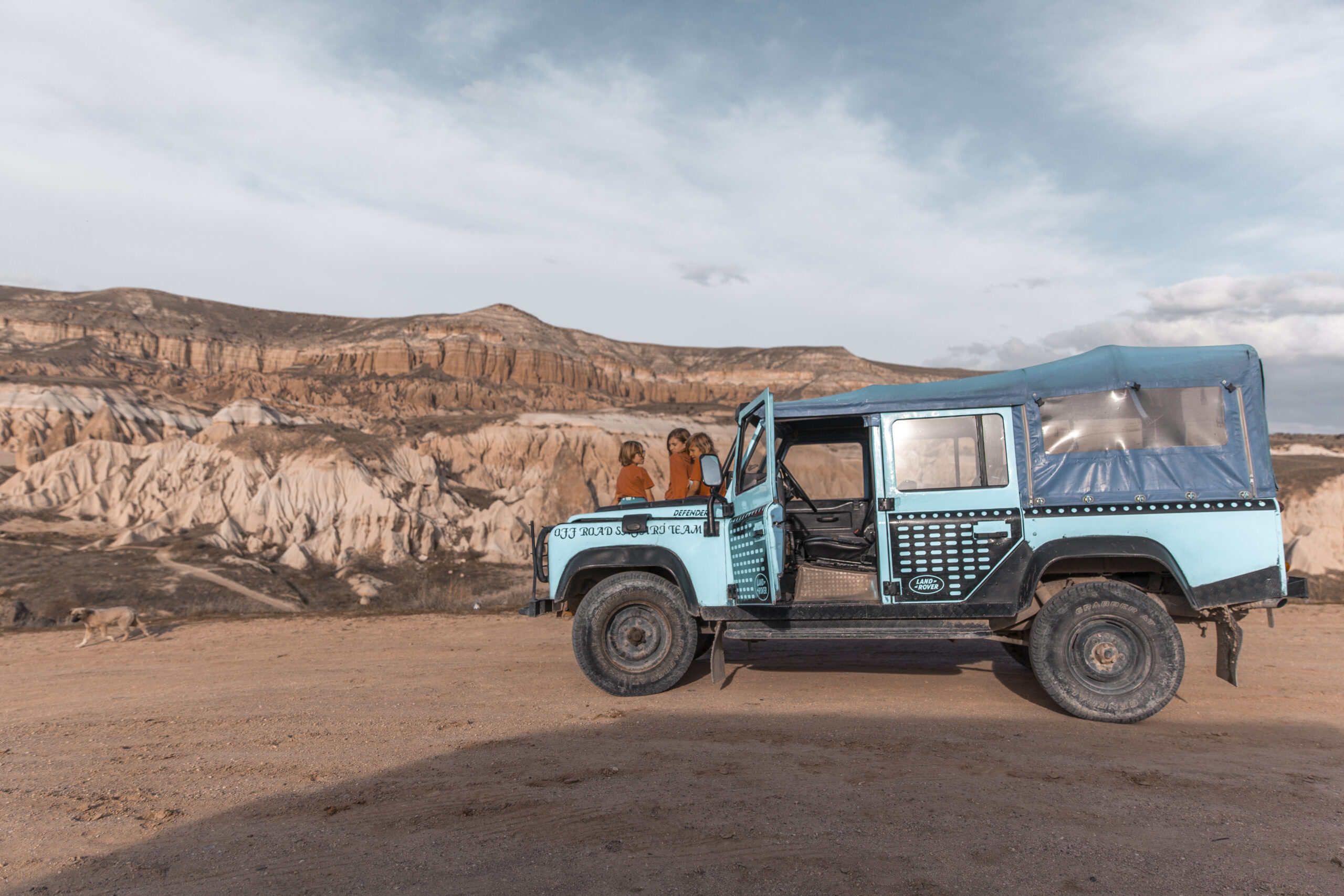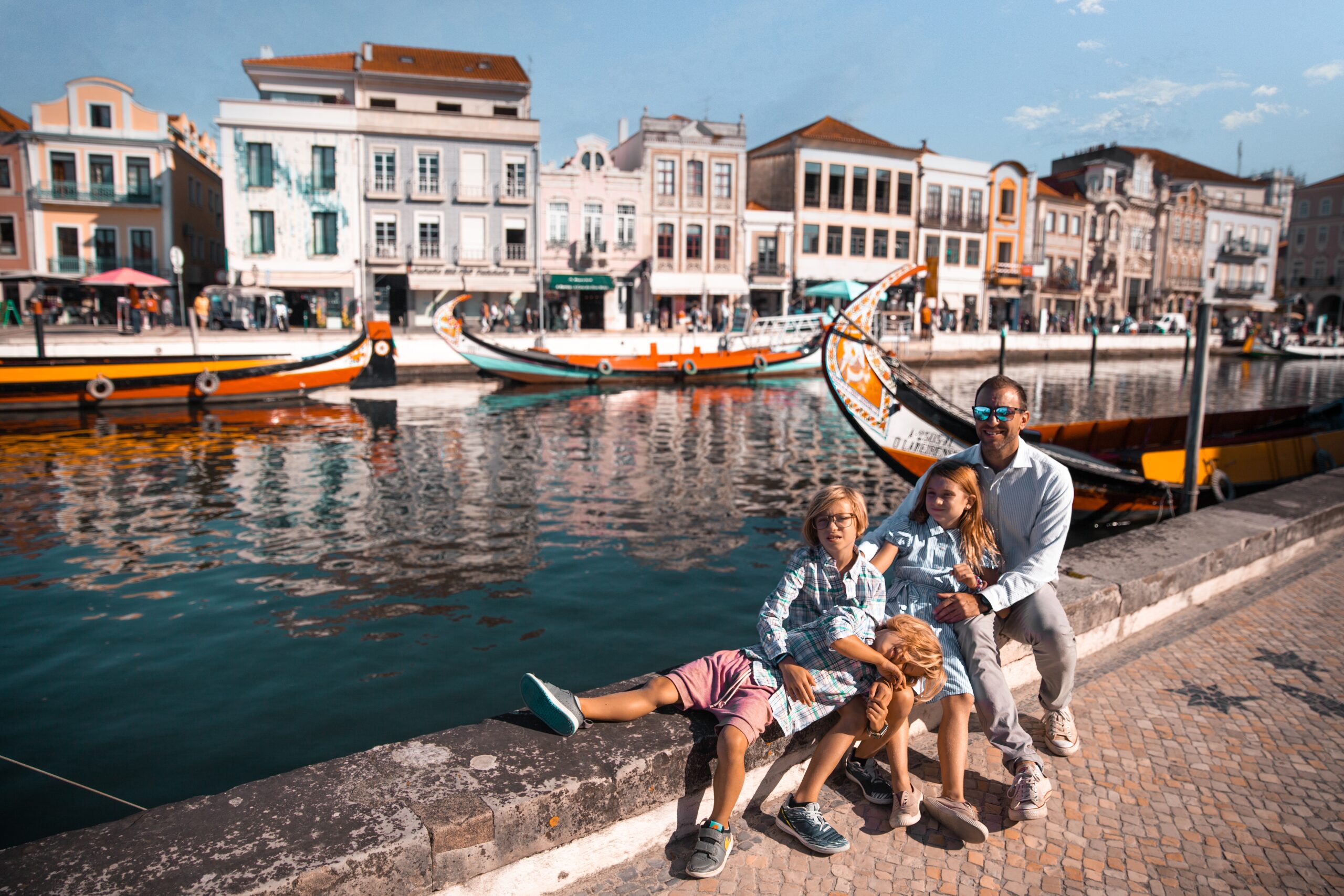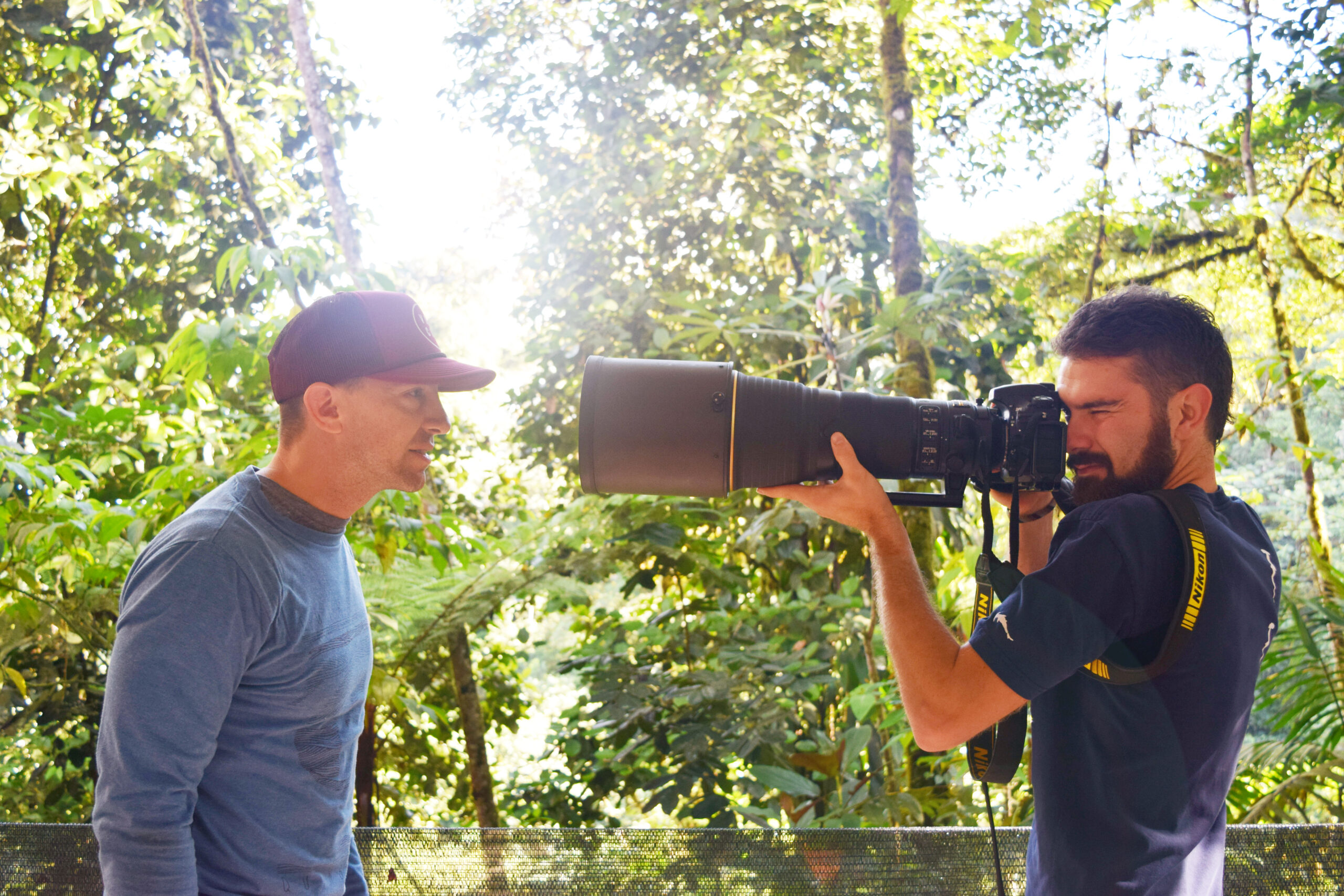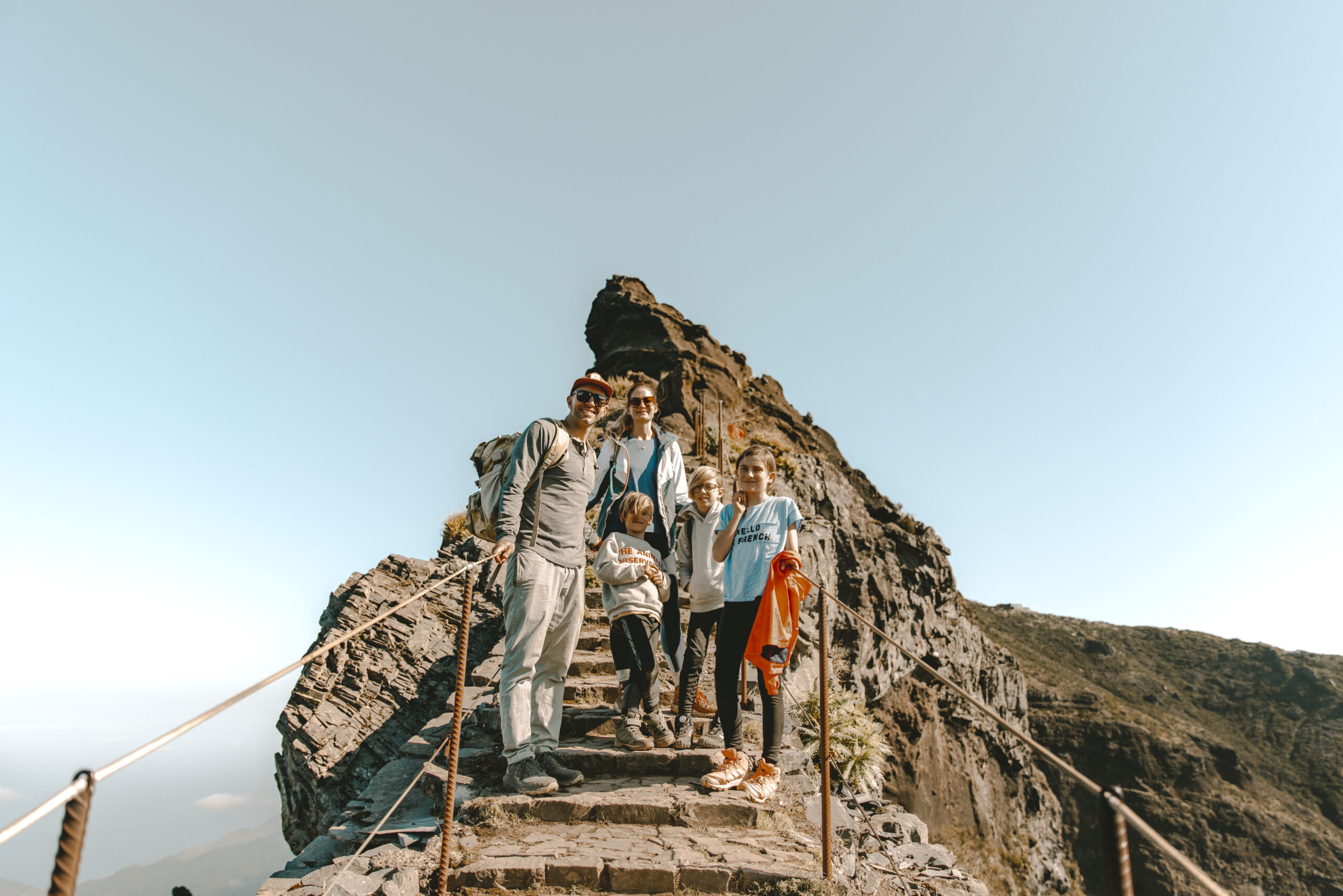Why Spain is a great place for kids
Choosing the city that's right for you
Choosing the visa that's right for you
More than just great weather
Why Spain provides a better quality of life

How we Plan

What we pack
Choosing Travel Insurance
Book Your Hotel
with Booking.com
Book Your Car
with RentalCars.com
Book Your Flight
with Skyscanner.com
Book Your Tour
with GetYourGuide.com

Our Camera Gear

How We Fly
Choosing Your Destination
Guide to...
Kenya
Kenya, a jewel of East Africa, offers a diverse tapestry of landscapes, wildlife, and vibrant cultures.
Map
Weather
Itineraries

Coming Soon...
nairobi
Top Five Restaurants in nairobi
Carnivore Restaurant is famous for its unique “Beast of a Feast” experience, offering a wide variety of meats, including exotic game meats, roasted on traditional Maasai swords over a charcoal fire. This dining experience is complemented by an extensive salad bar, delicious desserts, and live music.
Talisman is a delightful fusion of European, Pan-Asian, and African cuisines set in a cozy and eclectic ambiance. Known for its lush garden setting and artistic decor, Talisman offers a diverse menu with options like lamb samosas, halloumi salad, and duck breast, making it a favorite among locals and tourists.
About Thyme provides a tranquil escape with its charming garden setting and rustic decor. The menu features an eclectic mix of international dishes with a creative twist, such as Thai green curry, beef fillet with blue cheese sauce, and delicious vegetarian options.
Seven Seafood & Grill is renowned for its fresh seafood and prime cuts of meat. With a chic and contemporary ambiance, it offers an extensive menu featuring dishes like oysters, calamari, lobster, and a variety of steaks. The restaurant also boasts an impressive selection of wines.
Located in the Karen Blixen Museum, Tamambo offers a historical dining experience in a serene garden setting. The menu blends international and local flavors, featuring dishes like grilled tilapia, nyama choma (roasted meat), and a variety of fresh salads and desserts.
Top Five hotels in nairobi
Fairmont The Norfolk is a historic luxury hotel that has been a staple in Nairobi since 1904. It offers elegant rooms, fine dining, and a beautiful garden. The hotel’s central location makes it an excellent base for exploring the city.
Villa Rosa Kempinski provides opulent accommodations with top-notch amenities, including a spa, several dining options, and an outdoor pool. Its prime location in Westlands offers easy access to Nairobi’s business and shopping districts.
Sankara Nairobi offers contemporary luxury with its stylish rooms, rooftop pool, and multiple dining options. The hotel’s Westlands location is ideal for business travelers and tourists alike, offering easy access to Nairobi’s attractions.
Giraffe Manor is a unique boutique hotel set in a 1930s manor house, known for its resident herd of endangered Rothschild giraffes that visit the property. Guests can enjoy close encounters with these gentle giants while staying in beautifully appointed rooms
Hemingways Nairobi offers a luxurious boutique hotel experience with spacious suites, personalized service, and gourmet dining. Set in the peaceful Karen suburb, it provides a serene escape with stunning views of the Ngong Hills.
FAQ's
What are the main things to do with kids in Kenya?
Kenya offers a variety of fun and educational activities for kids. Some of the main things to do with children in Kenya include:
1. Wildlife safaris: Visit national parks like Maasai Mara, Amboseli, or Tsavo to see iconic African animals such as lions, elephants, giraffes, and zebras in their natural habitats.
2. Beach activities: Enjoy the beautiful beaches along the Kenyan coast, such as Diani Beach or Watamu, where kids can swim, build sandcastles, and explore marine life.
3. Visit the Giraffe Centre in Nairobi: Learn about and feed endangered Rothschild’s giraffes at this conservation center.
4. Explore the Nairobi National Museum: Discover exhibits on Kenyan history, culture, and nature, including prehistoric artifacts and a snake park.
5. Visit the David Sheldrick Wildlife Trust: Watch orphaned baby elephants being fed and bathed, and learn about elephant conservation efforts.
6. Engage in cultural activities: Visit a Maasai village to learn about their traditional way of life, customs, and dance.
7. Take a nature walk: Explore the Ngong Hills or Karura Forest in Nairobi for hiking, biking, and picnicking.
8. Visit the Bomas of Kenya: Watch traditional dance performances and learn about Kenya’s diverse tribal cultures.
9. Enjoy water sports: Go snorkeling, kayaking, or taking a glass-bottom boat tour in Mombasa or Malindi.
10. Visit Hell’s Gate National Park: Hike, cycle, or go rock climbing in this unique park, which also offers opportunities to see wildlife and visit geothermal springs.
What is Kenya famous for?
Kenya is famous for many things, including:
1. Wildlife and safaris: Kenya is known for its diverse wildlife and iconic safari destinations like the Maasai Mara National Reserve, Amboseli National Park, and Tsavo National Park.
2. The Great Wildebeest Migration: The annual migration of millions of wildebeest, zebras, and gazelles between the Serengeti in Tanzania and the Maasai Mara in Kenya is a world-famous natural spectacle.
3. Maasai culture: The Maasai, an indigenous ethnic group known for their distinctive customs, colorful clothing, and beadwork, are an integral part of Kenya’s cultural identity.
4. Long-distance runners: Kenyan athletes, particularly long-distance runners, have consistently excelled in international competitions and marathons.
5. Beaches: Kenya’s coastline along the Indian Ocean features stunning beaches like Diani, Watamu, and Lamu, known for their white sands and turquoise waters.
6. Mount Kenya: The second-highest mountain in Africa, Mount Kenya is a UNESCO World Heritage Site and a popular destination for hiking and climbing.
7. Coffee: Kenyan coffee is highly regarded worldwide for its quality and distinct flavor profile.
8. The “Big Five”: Kenya is one of the best places to see the “Big Five” African animals – lions, leopards, elephants, rhinos, and buffalo.
9. Lake Victoria: The world’s second-largest freshwater lake is shared by Kenya, Tanzania, and Uganda, and is known for its fishing and biodiversity.
10. Obama connection: Former U.S. President Barack Obama has familial ties to Kenya, as his father was Kenyan, which has brought additional attention to the country.
What power plug type does Kenya use?
Kenya primarily uses type G electrical outlets, which are the same as those used in the United Kingdom, Ireland, and some other former British colonies. Type G plugs have three rectangular pins arranged in a triangular pattern, with the top pin being an earth/ground pin slightly longer than the other two.
The standard voltage in Kenya is 240 volts AC, and the frequency is 50 Hz. It’s important to note that some areas may still use the old British standard of 415 volts, so it’s always a good idea to check the voltage before plugging in any devices.
If you are traveling to Kenya from a country that uses a different type of plug, you will need a suitable adapter to charge your electronic devices. It’s also essential to ensure that your devices are compatible with the voltage and frequency used in Kenya, or you may need a voltage converter.
Is Kenya safe?
Kenya is generally a safe country for tourists, but like any other destination, it has some safety concerns that visitors should be aware of. The country has faced challenges such as petty crime, terrorism threats, and some instances of political unrest.
However, most tourist areas and attractions are considered safe, and the Kenyan government has taken steps to improve security in recent years. Here are some safety tips for travelers:
1. Be vigilant in crowded areas and tourist hotspots, as petty crimes like pickpocketing and bag snatching can occur.
2. Avoid walking alone at night, especially in urban areas like Nairobi and Mombasa.
3. Stay informed about current events and potential security threats by checking your country’s travel advisories and local news sources.
4. Use reputable tour operators, accommodations, and transportation services to ensure a safer experience.
5. Keep valuable items like passports, money, and electronics secure and out of sight.
6. Avoid political demonstrations and large gatherings, as they may turn violent.
7. If you’re traveling to remote areas or going on safari, follow the guidance of your tour operator and lodge staff to ensure your safety around wildlife.
Overall, most travelers to Kenya have a safe and enjoyable experience. By taking necessary precautions, staying informed, and using common sense, you can minimize risks and focus on enjoying your trip.
When's the best time to go on safari in Kenya?
The best time to go on safari in Kenya largely depends on what you wish to see and experience during your trip. However, in general, the dry seasons from July to October and January to February are considered the best times for wildlife viewing.
1. July to October (peak season): This is the most popular time for safaris in Kenya, as the weather is dry and the animals gather around remaining water sources, making them easier to spot. The famous Great Wildebeest Migration in the Maasai Mara usually takes place from July to September.
2. January to February (shoulder season): This is another dry period and a good time for wildlife viewing. The weather is warm and pleasant, and there are fewer crowds compared to the peak season.
3. March to May (low season): This is the long rainy season in Kenya, which means fewer tourists and lower prices. While wildlife viewing can be more challenging due to the lush vegetation, it’s still possible to spot animals, and the landscapes are beautifully green. Birdwatching is excellent during this time.
4. November to December (shoulder season): This period sees short rains, but they are usually brief afternoon showers that don’t significantly impact safari activities. The landscapes are green, and the crowds are fewer than during the peak season.
Ultimately, Kenya is a year-round safari destination, and each season offers unique experiences. Consider factors like your budget, preferred activities, and tolerance for crowds when deciding when to visit.
Which is the best month to visit Kenya?
The best month to visit Kenya depends on your priorities, such as weather, wildlife viewing opportunities, and personal preferences. However, here’s a breakdown of what you can expect during different months:
1. January to February: These are warm and dry months, ideal for wildlife viewing and beach holidays. The wildebeest migration is usually in the southern Serengeti (Tanzania) during this time.
2. March to May: These months constitute the long rainy season. While wildlife viewing can be more challenging, the landscapes are lush and green, making it a great time for photography and birdwatching. Prices are also lower during this period.
3. June to October: This is the peak tourist season in Kenya, coinciding with the dry months. Wildlife viewing is excellent, especially from July to September when the Great Wildebeest Migration usually reaches the Maasai Mara. The weather is cooler and more pleasant.
4. November to December: These months see shorter rains, but they usually don’t disrupt safari activities significantly. The landscapes are green, and the crowds are smaller than during the peak season.
Considering factors like the Great Wildebeest Migration, weather, and overall safari experience, the best months to visit Kenya are typically July to October. However, if you prefer fewer crowds and don’t mind some rain, January to February or November to December can also be good options.
Ultimately, Kenya is a year-round destination, and each month has its advantages. Your decision should be based on your specific interests, budget, and desired experiences.
What is needed to travel to Kenya?
To travel to Kenya, you’ll need to consider several requirements and make necessary arrangements. Here’s what you generally need:
1. Passport: A valid passport with at least six months of remaining validity from the date of entry into Kenya.
2. Visa: Most visitors need a visa to enter Kenya. You can obtain an e-visa online before your trip or get a visa on arrival at the airport. Some nationalities may qualify for visa-free entry.
3. Vaccinations: Kenya requires proof of yellow fever vaccination if you’re arriving from a country with a risk of yellow fever transmission. Other recommended vaccinations include hepatitis A, hepatitis B, typhoid, and meningitis.
4. Malaria prevention: Kenya has a risk of malaria, so consult your doctor about appropriate prophylaxis and take measures to avoid mosquito bites.
5. Travel insurance: It’s highly recommended to have comprehensive travel insurance that covers medical emergencies, trip cancellations, and other eventualities.
6. Flights and accommodation: Book your international flights and accommodations in advance, especially during peak seasons.
7. Domestic transportation: Plan your internal travel within Kenya, whether by domestic flights, rental cars, or guided tours.
8. Money: Carry some cash in US dollars or Kenyan shillings, and inform your bank about your travel plans to avoid issues with using credit or debit cards abroad.
9. Clothing and gear: Pack appropriate clothing and gear based on your planned activities, the season, and the regions you’ll be visiting.
10. Travel documents: Bring copies of your passport, visa, travel itinerary, and other important documents.
Before your trip, check the latest travel advisories and requirements, as they may change due to factors like the ongoing COVID-19 pandemic. Consult official sources like the Kenyan embassy or consulate in your country for the most up-to-date information.
How do people travel around Kenya?
People in Kenya use various means of transportation to travel around the country, depending on their location, budget, and preferences. Some common ways to travel in Kenya include:
1. Matatus: These are private minibuses that operate on set routes and are the most popular form of public transportation in Kenya. They are inexpensive but can be overcrowded and often involve multiple stops.
2. Buses: Longer distance buses connect major cities and towns in Kenya. They are generally more comfortable than matatus and have fixed schedules.
3. Trains: Kenya has a limited rail network, with the most popular route being the Madaraka Express, which connects Nairobi to Mombasa.
4. Domestic flights: For longer distances or to save time, domestic flights are available between major cities like Nairobi, Mombasa, Kisumu, and Eldoret.
5. Taxis: Taxis are available in cities and towns, and they can be hailed on the street or arranged through a hotel or taxi service. Ride-hailing apps like Uber and Bolt are also available in some cities.
6. Car rentals: Visitors can rent cars to explore the country independently, but driving in Kenya can be challenging due to road conditions and traffic.
7. Safari vehicles: When going on safari, most lodges and tour operators provide transportation in specialized 4×4 vehicles designed for wildlife viewing.
8. Boda-bodas: These are motorcycle taxis that are popular for short distances in towns and cities. While convenient, they can be risky due to safety concerns.
9. Tuk-tuks: Three-wheeled auto-rickshaws, known as tuk-tuks, are commonly used for short trips within towns and cities.
When traveling in Kenya, it’s essential to consider factors like safety, reliability, and cost when choosing a mode of transportation. Visitors should also be aware of potential challenges like traffic congestion, road conditions, and varying vehicle quality.

